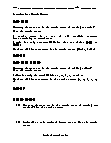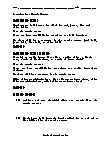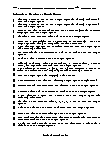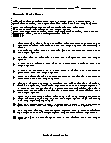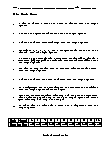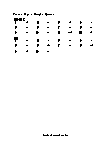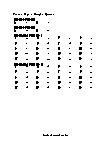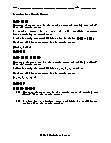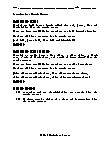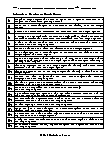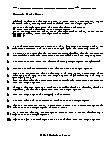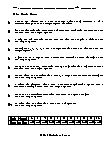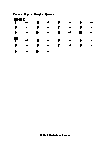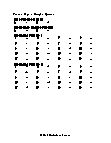Sample Spaces Worksheets
What Are Statistical Sample Spaces? In statistics, we define sample space as the set of all the possible results of an experiment. The number of outcomes or results present in a sample space depends on the random experiment. In case a sample space has a finite or set number of outcomes, then that sample space is known as finite or discrete. In sample space, events are defined as the subset of all the likely outcomes. We represent sample space by using a symbol 'S'. We enclose a sample space of a random experiment with a curly bracket {}. Most people often confuse sample space and the possible outcomes when we write sample space of any given experiment we write {1, 2, 3, 4, 5, 6}. However, when we are to write the possible outcomes, it can be written as a set of odd outcomes {1, 3, 5}, or even outcomes {2, 4, 6}. Outcomes can be random, but sample space is the universal set for a particular experiment. If we consider an experiment of the coin toss, we will get only two possible outcomes, that is head and tail. Hence, the sample space of a coin toss will be written as: Sample Space (S) = {Head, Tail} or {H, T}. However, the set is different when we flip two coins. Let H1 and T1 be the outcomes of the first coin, and H2 and T2 be the outcomes of the second coin. The possible outcomes can be written as: Sample Space (S) = {(H1, H2), (H1, T2), (T1, H2), (T1, T2)}.
-
Basic Lesson
Introduces the concept of determining the number of elements involved in a problem. How many elements are in the sample space of tossing one coin? List the sample space. A sample space is a set of all possible outcomes for an activity or experiment. A coin has only two possibilities that are either heads or tails. So there will be 2 outcomes in the sample space: {Heads, Tails}
View worksheet -
Intermediate Lesson
This lesson focuses on listing the sample spaces. You draw one ball from a hat which has red, green, blue and white balls. List the sample space. There are four possibilities to select one ball from hat. So there will be 4 outcomes in the sample space: {red ball, green ball, blue ball, or white ball}
View worksheet -
Independent Practice 1
Students practice with 20 Sample Spaces problems. The answers can be found below. There are 3 entry doors and 3 staircases in a building. List the sample space of using an entry door and one staircase.
View worksheet -
Independent Practice 2
Another 20 Sample Spaces problems. The answers can be found below. A model of computer comes with 3 different processor speeds and 6 different memory sizes.
View worksheet -
Homework Worksheet
Reviews all skills in the unit. A great take home sheet. Also provides a practice problem. Choosing an outfit from a blue shirt, a white shirt, a black pant, a pair of black shoes, and a pair of brown shoes?
View worksheet -
Basic Lesson
Introduces the fundamentals of Sample Spaces. Provides a basic application.
View worksheet -
Intermediate Lesson
This lesson focuses on determining the outcome of Sample Spaces with word problems.
View worksheet -
Independent Practice 1
Students practice with 20 Sample Spaces problems. The answers can be found below. How many possible combinations are there from 8 pizza flavors and 4 different sizes?
View worksheet -
Independent Practice 2
Another 20 Sample Spaces problems. The answers can be found below. A student can select one of 5 different history books, one of 6 different math books and one of 3 different science books.
View worksheet -
Homework Worksheet
Reviews all skills in the unit. A great take home sheet. Also provides a practice problem.
View worksheet
How to Solve Sample Space Probability
What is probability? Well, probability is the mathematical calculation of chances of an event taking place. It is helps in making predictions ad forecasting. So, how to solve probability. One an experiment or an event occurs, there are innumerable possibilities of a single event. Now, when you gather all these possible outcomes, it makes up the sample space. To solve sample space probability all you need is the number of total possibilities and the total number desired outcomes. When you divide the total number of desired outcomes by total number of possibilities in the sample space, you get the probability of the desired event. If you calculate the probabilities for each of the possible outcomes and add them together the result be one, which is the sample space probability.
Heads or Tails?
What is the probability of getting a head or a tails in any coin toss? The answer is one half heads and one half tails. Try it and see if it works! When we tossed a coin 25 times we got 10/15. At 100 tosses our ratio was 50/50; and with 500 tosses it was 251/249.
